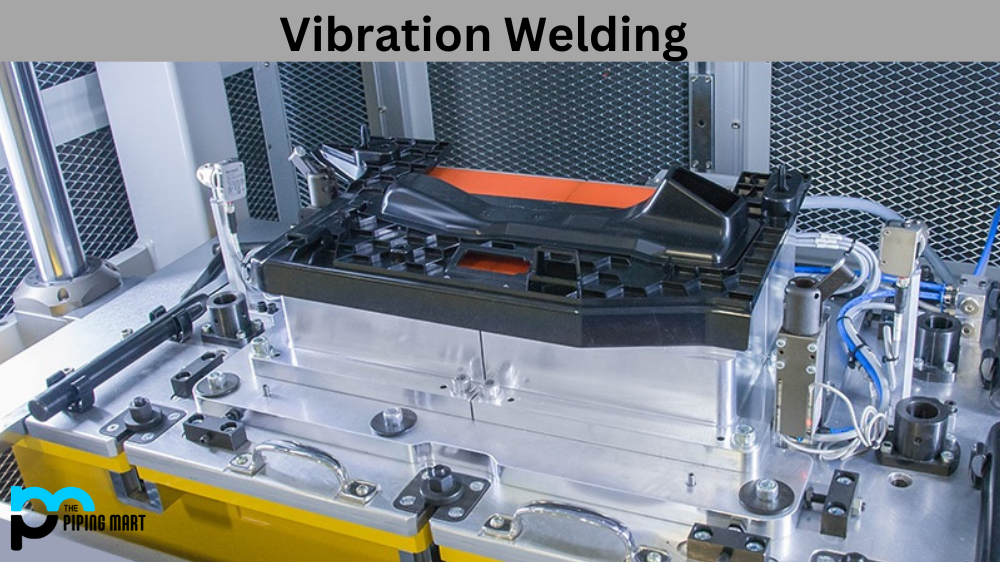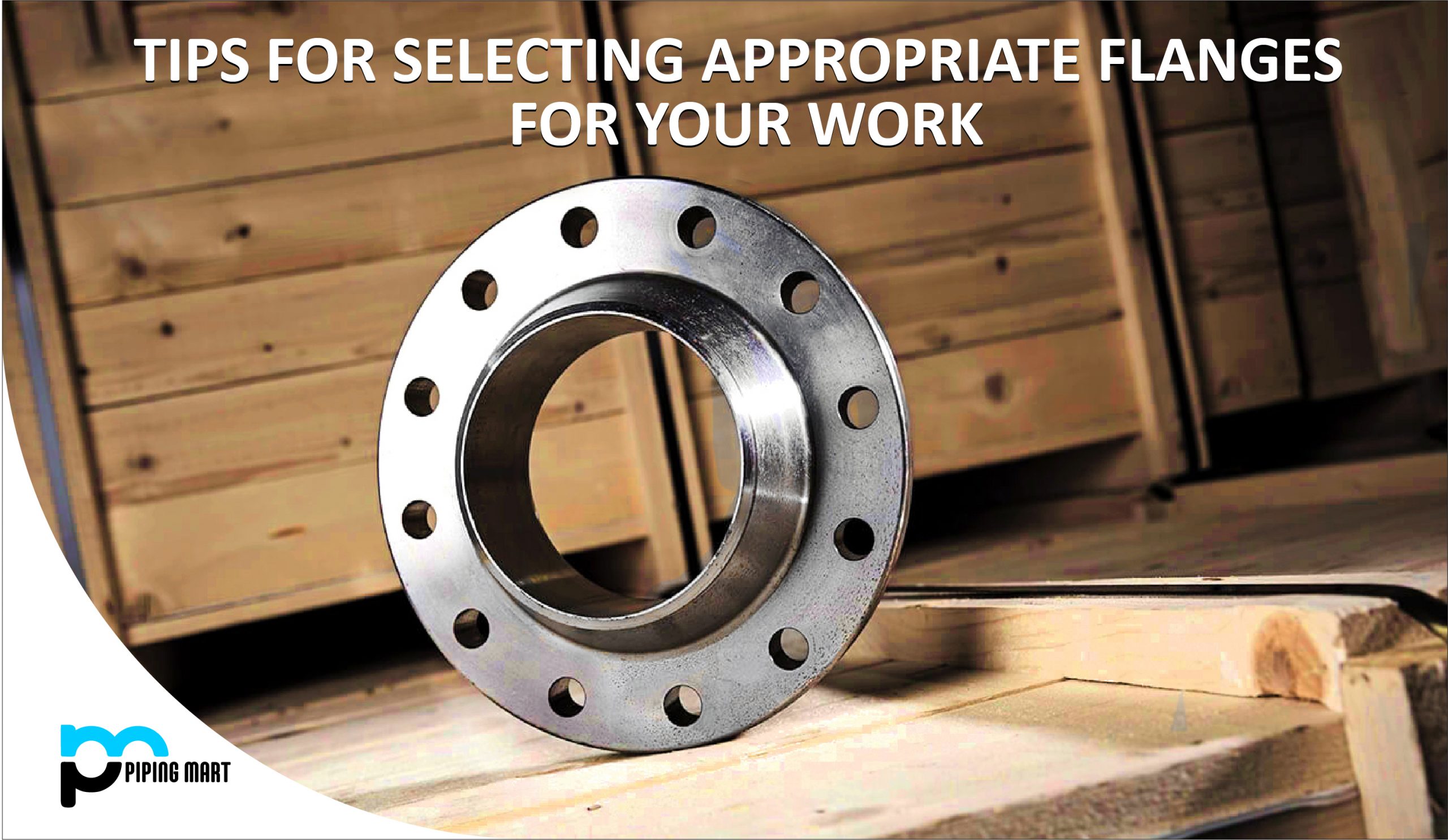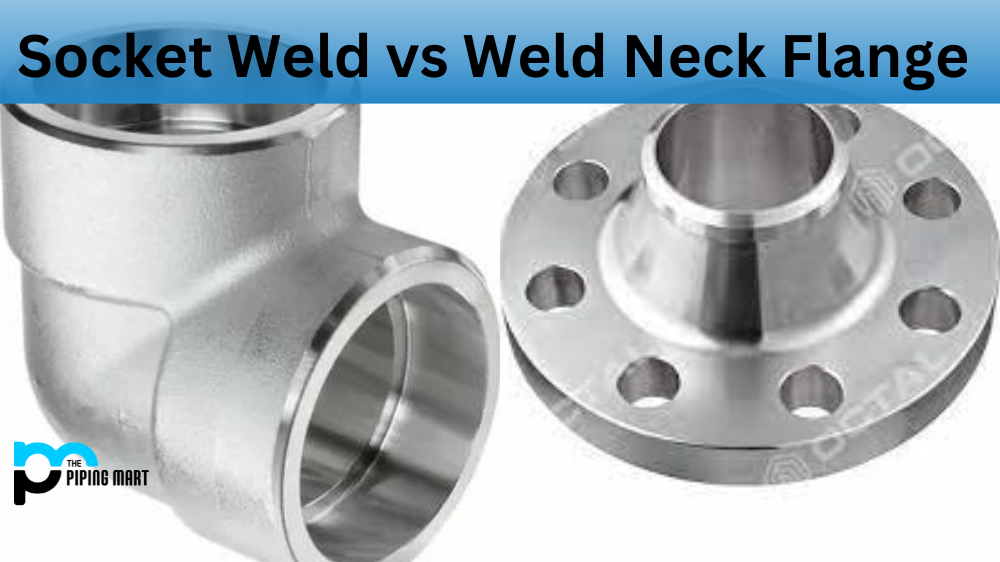Vibration welding is a process that is gaining popularity among industrial manufacturing professionals. This technique has been around since the 1950s, but its advantages are becoming more apparent as technological advances have made it easier to use. In this article, we will discuss the advantages and disadvantages of vibration welding so that you can decide if it is the right fit for your production needs.
Advantages of Vibration Welding
One of the main advantages of vibration welding is that it is fast. The process typically takes less than one minute per weld, making it ideal for high-volume production runs. It also produces strong, reliable welds with minimal heat distortion or material degradation. This means vibration welding can be used on sensitive materials such as plastics without damaging them. Additionally, vibration welding produces consistent results because it requires minimal operator control; you have to program the machine and let it do its work!
- Vibration welding is a joining process that produces the coalescence of materials by applying mechanical vibration energy at a frequency generally in the ultrasonic range.
- Vibration welding is used to join plastic parts, and the process can be used on various materials, including polycarbonate, polystyrene, nylon, and ABS.
- Vibration welding is fast and efficient and produces strong welds resistant to shock and vibration.
- Vibration welding is a clean process that does not produce fumes or smoke and does not require the use of chemicals or adhesives.
- Vibration welding is versatile and can be used to join dissimilar materials and materials of different thicknesses.
Disadvantages of Vibration Welding
While there are many benefits to using vibration welding, there are also some drawbacks. For example, this method can be expensive due to the cost of machines and tooling. Additionally, vibration welding may not be suitable for smaller projects or short runs because it requires specialized tools and equipment. Finally, while the process may be fast, setup time can be longer depending on how complex the welded parts are and the type of equipment used.
- Vibration welding is a high-energy process that can cause parts to warp or distort if they are not properly designed.
- Vibration welding produces a lot of heat, which can cause problems with heat-sensitive materials.
- Vibration welding can be noisy, which can be a problem in some applications.
- Vibration welding is not well suited for large parts or parts with complex shapes.
- Vibration welding requires special fixtures and tooling that can be expensive.
Conclusion:
Vibration welding offers many advantages for industrial manufacturing professionals who need a reliable way to quickly and efficiently produce high-quality welds. While there may be some drawbacks associated with this method—such as cost and setup time —the benefits far outweigh any negatives when considering overall production quality and speed. If you’re looking for an efficient way to produce quality welds quickly, then vibration welding might be the solution you’ve been searching for!

A passionate metal industry expert and blogger. With over 5 years of experience in the field, Palak brings a wealth of knowledge and insight to her writing. Whether discussing the latest trends in the metal industry or sharing tips, she is dedicated to helping others succeed in the metal industry.




